Why Your Prime as an Artist Is Whenever You Decide
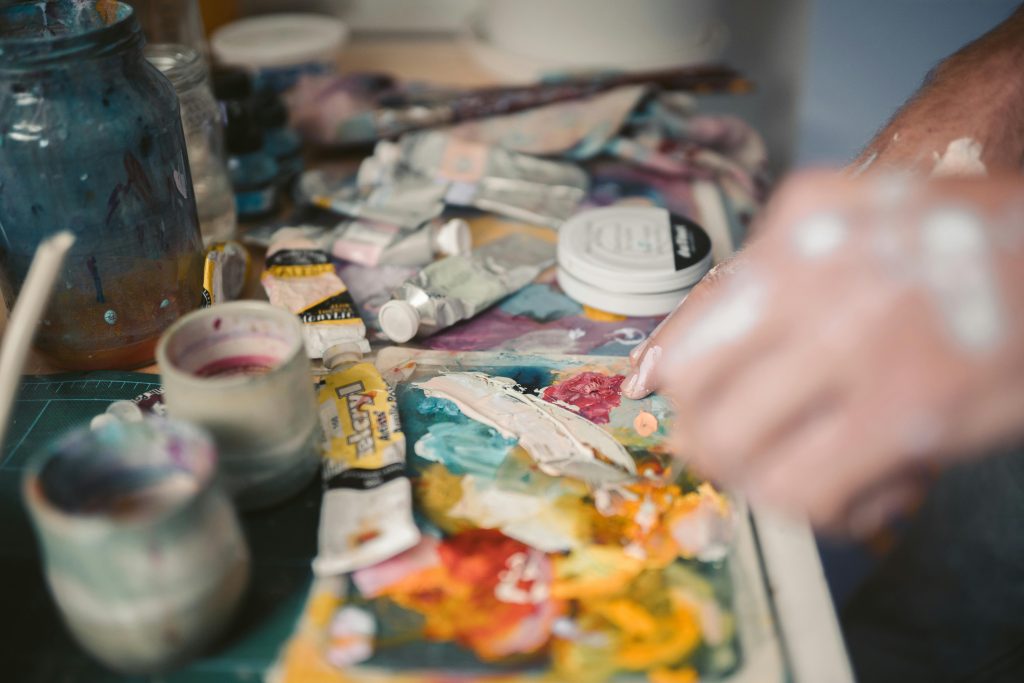
Have you ever caught yourself thinking, “Maybe I started too late,” or “Am I past my prime?” Funny thing, those thoughts are almost like background noise for artists, sneaking in when we’re deep in the studio or staring at our portfolios. But here’s the kicker: that “prime age” idea? Total myth. Creativity doesn’t come with an expiry date, it comes with curiosity, courage, and stories that only time can give you.
Imagine this: every day you’ve been alive has been a tiny sketch in the story of your life. Every job, every heartbreak, every random moment of awe, it all feeds your vision. A portfolio isn’t just a display of finished pieces, it’s a map of your journey, and the longer your journey, the richer the map. Age adds layers, textures, and unexpected color you just can’t fake.
And here’s something no one tells you: the art world has a funny habit of equating novelty with youth, as if vibrancy belongs to the inexperienced. But there’s a quiet rebellion happening. More artists are proving that decades of observation, reflection, and trial-and-error can create work that stops people in their tracks. The stories in your hands are your superpower.
It’s not about making work that screams “I’m experienced,” either.
It’s about showing that your creativity has grown like a secret garden, unexpected, resilient, and wildly alive. The portfolio becomes a declaration: your ideas matter, your perspective matters, and your art doesn’t need anyone’s timeline to be valid.
So, if you’ve ever doubted whether your age puts a limit on your creativity, let’s dismantle that right now. Portfolios are proof that the best ideas can come at any stage of life. Late starts, mid-career pivots, decades-long practices, all of it counts. Your art is the evidence.
And the really fun part? When you embrace this, you stop chasing what others say is “right” or “timely,” and start letting your portfolio tell its own story, honest, unexpected, and entirely yours.
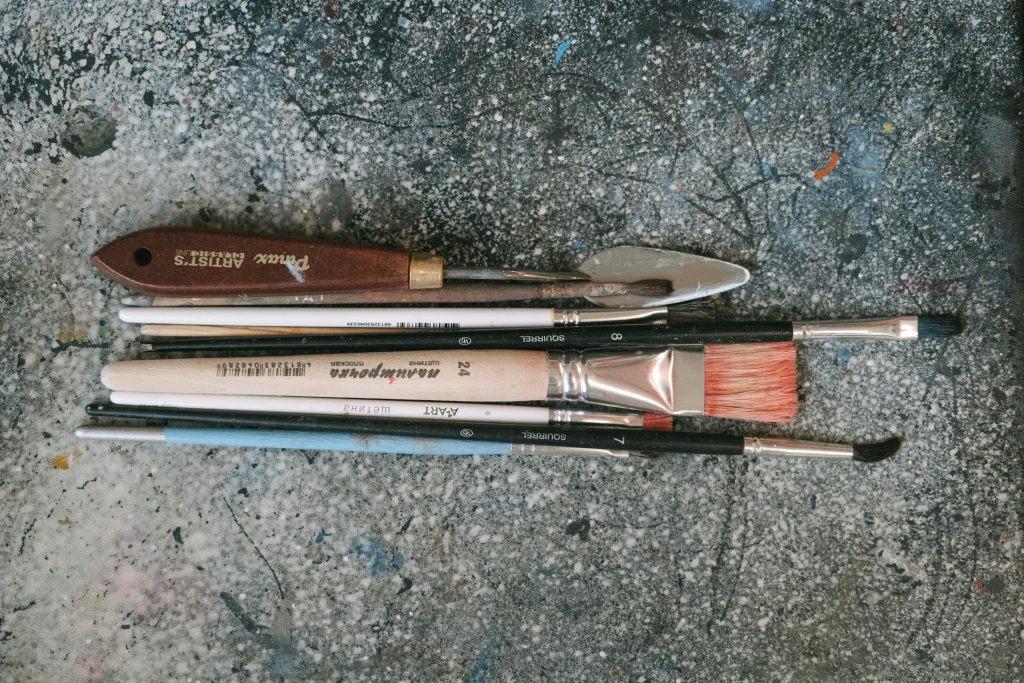
Age Is Just a Number, Not a Rulebook
Who decided that creativity has an expiration date? Somewhere along the line, society started treating age like a limitation, as if an artist’s prime is tied to youth. That idea couldn’t be further from the truth. Every year you create adds nuance to your perspective, depth to your techniques, and confidence to your choices. The years spent living, observing, and reflecting become secret weapons in your art practice. Instead of shrinking back, a seasoned artist can lean into this richness, allowing their work to communicate layers that younger artists may not yet access. Age adds clarity, precision, and boldness that make your work resonate on multiple levels.
Creativity thrives on experience. You know the moments when a brushstroke surprises you or when an experiment finally clicks. These small victories, often built on years of practice, teach lessons that no trend or tutorial can replicate. A portfolio that embraces this experience doesn’t just display skill, it tells a story of resilience, curiosity, and lifelong growth. People respond to art that feels lived in, layered, and emotionally intelligent. Age, when leveraged as an asset, makes your portfolio uniquely compelling and impossible to ignore. It’s about showing that maturity brings richness, not limitation.
The temptation is to hide the years behind a portfolio that mimics younger artists or current trends. That rarely works. Trying to “fit in” diminishes the authenticity that comes naturally with age. Instead, a portfolio that highlights your accumulated wisdom is far more captivating. Each piece can subtly demonstrate your evolution while maintaining originality. Curators and audiences are drawn to work that feels intentional and grounded. Age is not an obstacle, it’s a secret ingredient that adds texture and credibility to everything you present.
Highlighting your perspective doesn’t mean rejecting experimentation, far from it. Mature artists often have the freedom to take risks without fear of judgment.
This is the moment to include pieces that feel daring, bold, or unconventional. These works demonstrate curiosity and courage, signalling to viewers that your creativity is alive, evolving, and fearless. A portfolio that balances expertise with playful exploration proves that artistic growth doesn’t end; it only deepens. Age here is a tool, a badge of honour, and a mark of authenticity.
Confidence grows naturally with experience, and your portfolio should reflect that. Every choice, from medium to composition to sequencing, can speak volumes about your understanding of your craft. When you present work with intentionality, the narrative of “age equals decline” falls flat. The focus shifts from how old you are to what you can do. This mindset transforms a collection of works into a cohesive statement about creativity, resilience, and vision. Age becomes irrelevant because your voice, expertise, and clarity take precedence in the conversation.
Finally, remember that your portfolio is a declaration of self-assurance. It says, “I’ve lived, I’ve learned, and I create with purpose.” It’s a showcase not just of your skills but of your journey, your perspective, and your fearless engagement with art. By embracing your experience fully, you challenge stereotypes and make a statement that resonates far beyond a gallery wall. Age is not a rule to follow, it’s a lens through which your art gains depth, maturity, and undeniable presence.
Breaking the “Too Old to Try” Myth
It’s incredible how often artists hear whispers, sometimes subtle, sometimes blatant, that they’re “too old” to start something new. That idea is completely untrue. Creativity isn’t bound by years; it’s fueled by curiosity, persistence, and the willingness to experiment. Every day you pick up a brush, pencil, or tablet is proof that artistic growth is ongoing. Starting late doesn’t mean starting small, it can mean starting with a richer perspective, a clearer sense of self, and a deeper understanding of what resonates.
Trying something new can feel intimidating at first, especially if you’ve internalized society’s timeline. But the reality is, your past experiences give you a unique advantage. Mistakes made in earlier projects, challenges faced in other areas of life, and lessons learned in previous artistic endeavors all translate into smarter risk-taking. This makes every new project less about fear and more about exploration. Age provides the confidence to experiment boldly, knowing that setbacks are simply part of the process.
The “too old to try” narrative often comes from comparing yourself to emerging artists. But comparison is a trap. Every portfolio is a reflection of your personal journey, not someone else’s. When your portfolio celebrates the richness of lived experience, it stands out in ways that youthful experimentation alone cannot achieve. Diverse experiences bring authenticity that resonates with curators, collectors, and audiences alike. The point isn’t to fit a mold, it’s to show the value of your own path.
It’s also worth noting that audiences often connect deeply with work that reflects life experience. A piece that shows empathy, reflection, or subtle storytelling can be more impactful than purely technical skill. Mature artists have the ability to create work that is layered, meaningful, and relatable on a human level. Your age can become a lens through which your audience experiences depth, emotion, and nuance. This is something that can’t be replicated by novelty or youth alone.
One way to combat this myth is to embrace your growth publicly. Share stories of projects you started later in life, new skills you’ve acquired, or fresh directions your work has taken. Transparency about your creative journey turns perceived limitations into inspiration for others. It also demonstrates that art is a lifelong dialogue rather than a sprint. Your portfolio then becomes a testament to resilience and curiosity, not age.
Finally, remember: creativity is ageless. Every new idea, experiment, and project you undertake challenges outdated assumptions about age and artistry. By actively pursuing your passions and highlighting them in your portfolio, you create a living proof that artistic exploration never ends. The statement is loud and clear: experience enriches, it doesn’t limit.
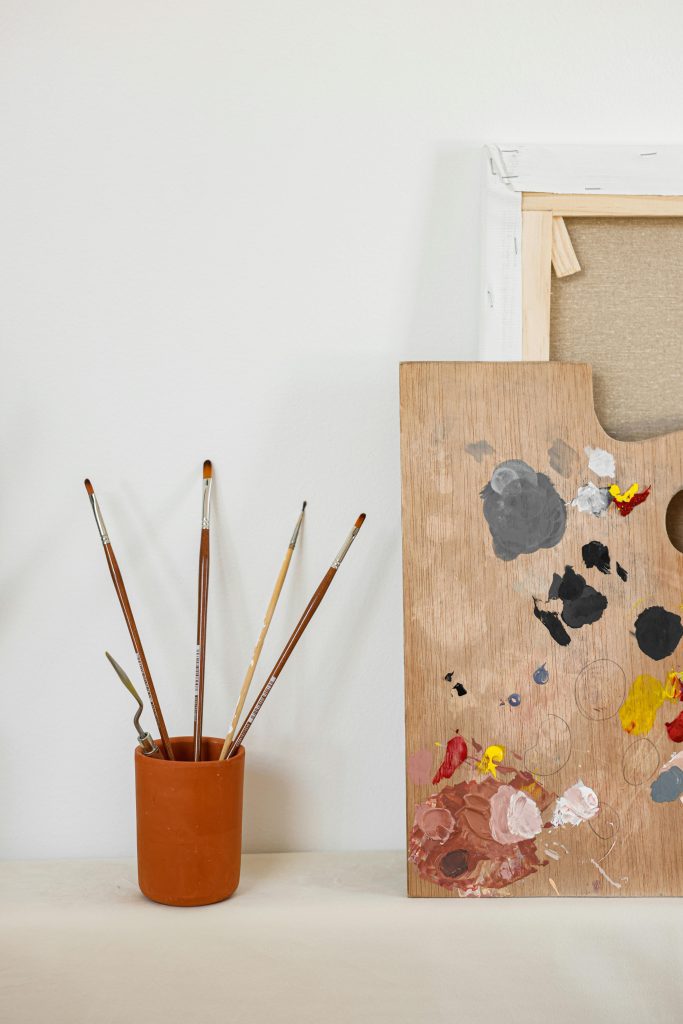
Portfolios That Tell a Story of Growth
A portfolio isn’t just a collection of artworks, it’s a narrative of your artistic journey. When challenging ageism, the way you structure and present your work matters immensely. Think of it as a conversation with your audience. Each piece should highlight the evolution of your skill, style, and perspective, showing that creativity deepens rather than diminishes over time.
Sequencing is key. Start with pieces that immediately convey strength and confidence, then gradually show experimentation and diversity. This approach reinforces that your work is dynamic, not static, and that your artistic voice has been cultivated thoughtfully. It also subtly communicates that you’re continuously learning and evolving, countering assumptions that older artists are “set in their ways.”
Including reflections alongside your pieces, brief notes about your process, challenges, or inspiration, adds contextual depth. It shows that your work is intentional, not arbitrary. Mature artists often have the ability to articulate the meaning behind their work in a way that feels insightful and grounded, giving curators and viewers a richer understanding of the portfolio.
Another strategy is to showcase versatility without losing cohesion. Highlight different mediums, styles, or themes, but make sure the portfolio feels unified through your signature approach or recurring motifs. This balance of variety and consistency communicates that your experience allows for both risk-taking and mastery, a combination that younger artists may still be developing.
The story your portfolio tells should also reflect resilience and dedication. Including projects that span years or even decades demonstrates longevity in your practice, and that persistence is a powerful counterargument to age-related bias. It shows that your artistic identity isn’t tied to a trend, it’s built on sustained passion and exploration.
Finally, don’t underestimate the emotional impact. A portfolio that communicates growth, depth, and personal insight connects with audiences on a human level, making your age a strength rather than a limitation. Curators and viewers respond to authenticity, and a thoughtfully curated portfolio is the ultimate proof that creativity doesn’t expire, it matures.
Leveraging Experience as a Secret Weapon
Experience is often dismissed as “just life,” but in art, it’s a formidable asset. Every challenge you’ve faced, every career pivot, every cultural or personal experience feeds into your creative intuition. It influences the choices you make in composition, color, narrative, and concept. Unlike skill alone, experience adds dimension and authority to your work.
In practical terms, this means you can approach projects with a strategic perspective. You understand what resonates with audiences, how to balance experimentation with polish, and how to present your work effectively. These skills are rarely innate, they’re cultivated over years of observing, practicing, and reflecting. Showcasing this in your portfolio communicates confidence born of experience.
Experience also allows you to blend innovation with tradition. You can experiment with new mediums or digital tools while grounding your work in fundamental principles or time-tested techniques. This duality creates a portfolio that is both fresh and credible, proving that innovation isn’t exclusive to younger artists. Age enhances versatility, offering a richer palette of choices.
Mentorship and collaboration can also amplify your experience. By working with younger artists or peers, you can share insights while learning new perspectives. Documenting such collaborations in your portfolio highlights your adaptability and willingness to engage with evolving trends, signaling that creativity is not constrained by age. Cross-generational work becomes proof of enduring relevance.
Your portfolio can also reflect emotional intelligence, which often grows with life experience. Subtlety in storytelling, nuance in subject matter, and layers of meaning are qualities that naturally emerge over time. They make your work resonate deeply, proving that mature artists communicate on a different, often more profound level.
Finally, think of your experience as a lens for authenticity. When your portfolio reflects lived insights, it becomes impossible to dismiss your work as irrelevant or outdated. Experience itself becomes a compelling narrative, turning potential age bias on its head and positioning your creativity as timeless.
Showcasing Risk-Taking at Any Age
It’s tempting to think that the older you are, the more “safe” your portfolio should be. But the truth is, risk-taking is just as valuable at 40, 50, or 70 as it is at 20. In fact, risk is often smarter because it’s informed by knowledge and reflection. A well-placed bold move in your portfolio can grab attention and prove that creativity isn’t limited by age.
Highlight experimental projects alongside polished work. This demonstrates that you’re willing to explore, innovate, and challenge norms, even after years of experience. Risk-taking signals that your artistic curiosity is alive and that your portfolio is a space for growth, not just a catalog of past achievements.
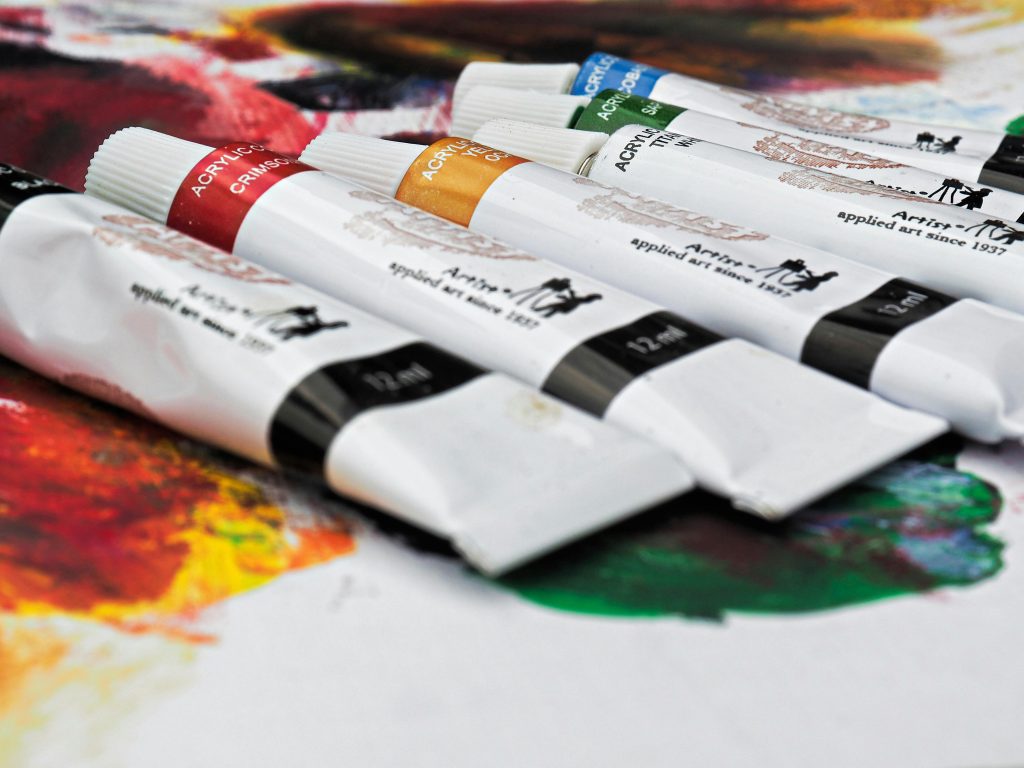
Age also provides the courage to pursue projects that might feel intimidating to younger artists. The freedom to embrace unconventional subjects, mediums, or approaches is a luxury born of confidence in your capabilities. Documenting these risks in your portfolio shows that age brings a blend of wisdom and audacity that commands respect.
Your portfolio should balance risk with mastery. Showing that you can execute technically demanding projects while experimenting creatively sends a clear message: you’re not constrained by age, expectations, or trends. The combination of skill and fearlessness becomes an undeniable strength in any artistic context.
Don’t shy away from controversial or challenging work. Curators and audiences often remember pieces that provoke thought or emotion. Age adds credibility to these works, because viewers instinctively understand that the perspective comes from someone who has lived, observed, and reflected deeply. This positions your creativity as enduring and relevant.
Finally, risk-taking reinforces your portfolio’s narrative of ongoing growth. Each experimental project tells a story of curiosity, boldness, and vitality, shattering the stereotype that older artists are less adventurous. Your portfolio becomes a manifesto that creativity isn’t bound by years, it’s amplified by them.
Building a Portfolio That Commands Respect
Respect isn’t demanded; it’s earned through intention, clarity, and depth. Your portfolio is the first place you can showcase your authority as a seasoned artist. Every choice, from the order of works to captions, demonstrates thoughtfulness and commitment to craft. A well-curated portfolio signals professionalism and maturity.
Invest time in presentation. Quality photography, clear labeling, and thoughtful layout communicate that your work deserves serious attention. Age bias often dissolves when professionalism shines through, because viewers focus on the strength of the work rather than preconceived notions about the artist’s stage of life.
Including projects that span different periods of your career shows longevity and progression. This narrative of persistent creativity positions you as someone who contributes to the artistic conversation over time, not just temporarily. It also highlights your dedication to practice and your ability to evolve.
Highlight achievements strategically. Awards, exhibitions, and collaborations matter, but so does the story behind them. Brief annotations or context can transform a simple list into evidence of thought, persistence, and growth. This subtle storytelling reinforces that experience enhances, rather than diminishes, creative relevance.
Balance humility with confidence. A portfolio that is assertive yet approachable communicates both expertise and openness. This makes you memorable, respected, and relatable, qualities that are invaluable for networking, sales, and exhibitions. Age becomes a badge of credibility, not a barrier.
Finally, make your portfolio a reflection of your identity. It should scream authenticity, celebrating your journey while showing future potential. Curators, collaborators, and audiences respond to honesty, experience, and purpose. A portfolio curated in this way doesn’t just fight ageism, it transforms it into a strength, proving that creativity grows richer, sharper, and more compelling with time.
Playing with the Unexpected: Surprising Materials and Mediums
Who said portfolios need to stick to paper and canvas? Sometimes the most attention-grabbing pieces are the ones that break the mold entirely. Experimenting with unusual materials, think recycled objects, fabric, or digital-meets-physical hybrids, shows that your creativity is limitless and fearless, no matter your age.
The beauty of unexpected mediums is that they make viewers stop, look closer, and ask questions. That engagement is pure gold. Curators and audiences alike notice risk and curiosity, and portfolios that embrace them stand out immediately. You’re sending the message that your work is alive, evolving, and far from predictable.
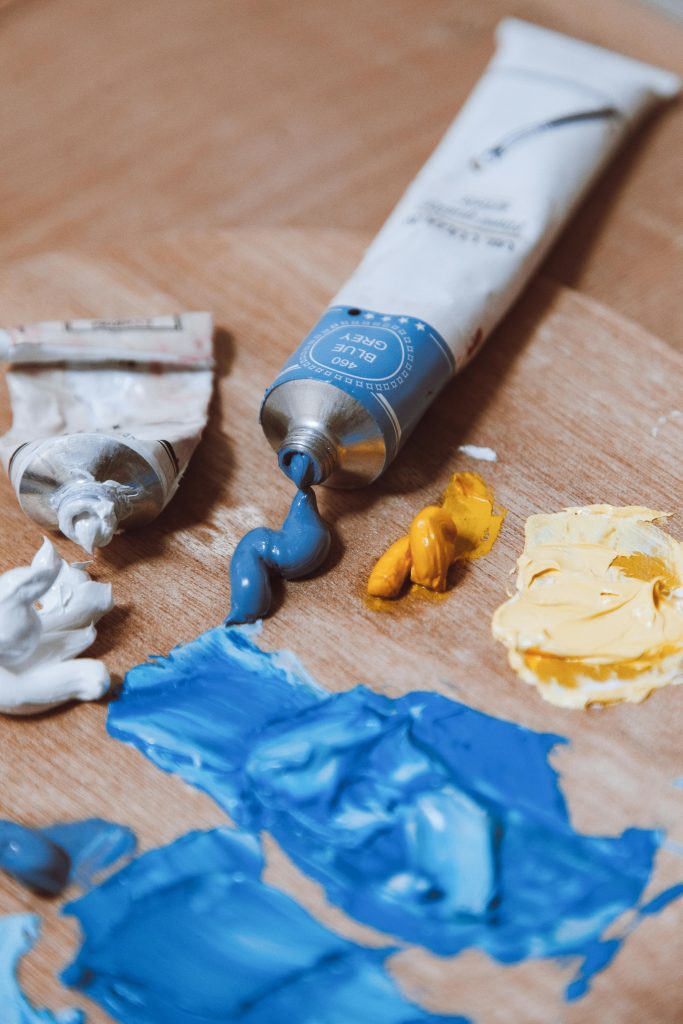
And don’t worry about “fitting in” with traditional expectations. Innovation doesn’t ask permission. Sometimes, a portfolio element that seems playful or offbeat can communicate a strong conceptual point, especially when it’s intentional. Document these experiments carefully, because they show confidence, creativity, and adaptability.
This approach also allows for storytelling. Each unconventional piece can carry its own micro-narrative, offering a window into your thought process. It demonstrates that your work has depth, and your mind is active and curious, rather than merely repetitive. It’s proof that experience doesn’t dull imagination, it sharpens it.
For older artists, this is particularly effective. While younger artists often feel pressured to “shock” audiences, seasoned artists can take measured, thoughtful risks that resonate on multiple levels. This balance of daring and discernment can make your portfolio both exciting and respected.
Finally, remember that each experiment doesn’t need to be perfect. Sometimes, the process itself is portfolio-worthy, showing growth, play, and resilience. By highlighting experimentation alongside polished works, you create a portfolio that is multidimensional, engaging, and undeniably your own.
Strategic Sequencing: Make Your Portfolio Flow Like a Story
Ever flip through a portfolio that feels like a random pile of images? Yeah, it’s confusing. A portfolio with narrative flow invites the viewer in and keeps them engaged. Think of it as storytelling, your pieces should build, contrast, and surprise in ways that reflect your evolution, ideas, and range.
Start strong. Open with a piece that immediately communicates your style, skill, or thematic focus. This first impression sets the tone for the rest of the portfolio and establishes credibility. Following this, interweave experiments, variations, and growth pieces to create a rhythm. It’s about pacing, not perfection.
Consider grouping by medium, theme, or emotion, but don’t be afraid to mix things up. Strategic contrasts, like pairing a quiet, contemplative work with something bold and colorful, make viewers pay attention and reflect. The sequence itself can tell a story about your versatility and curiosity.
Annotations can enhance the flow without overwhelming. A line about your inspiration or technique can guide the viewer’s understanding and highlight your intention. For older artists, this is especially powerful, it reinforces that your choices are deliberate, not accidental.
Transitions matter, too. Don’t let one section feel jarring compared to the next. Think about the emotional journey you want viewers to take. A well-curated portfolio allows moments of surprise, reflection, and awe, making the overall experience cohesive and compelling.
Finally, the end matters just as much as the beginning. Close with a piece that lingers in memory, a bold statement, a deeply personal work, or something that encapsulates your creative philosophy. A strong finish cements your portfolio’s impact, leaving curators, collaborators, and audiences wanting more.
Suppose you’ve been thinking about giving your portfolio a fresh, professional look that really shows off your experience and creative range. In that case, the Customizable Digital Portfolio Template for Artists is a perfect helper. It’s designed to let you highlight your work cleanly and beautifully, no matter your medium or stage in your career. You can tweak colors, fonts, and layouts so it feels like your portfolio, while saving hours of design frustration. Using a template like this ensures that when someone, whether a gallery, client, or collaborator, views your portfolio, your work speaks first, and your professionalism shows immediately
Documenting Process: Let Your Work Breathe
Viewers love seeing how art comes to life. Including process shots or short explanations can transform a portfolio from static images to a living, breathing story of creation. Sketches, prototypes, or behind-the-scenes snapshots show that your ideas are intentional, your problem-solving skills are sharp, and your creative journey is dynamic.
Process documentation is a subtle but powerful way to highlight growth, adaptability, and technical understanding. Older artists often have a wealth of methods honed over time, sharing glimpses of those methods can demonstrate mastery without arrogance. It’s proof that experience enhances, rather than limits, creativity.
It also communicates resilience. Showing revisions, “failed” experiments, or iterations highlights that you persist, learn, and adapt, qualities that resonate with curators, collaborators, and collectors. It humanizes your work, reminding viewers that creativity is a journey, not a perfect snapshot.
Process examples can be integrated alongside final pieces, creating contrast and depth. A piece might sparkle visually, but seeing the labor, choices, and experiments behind it gives it narrative weight. Portfolios that reveal both the finished work and its evolution feel thoughtful and rich.

Documentation doesn’t have to be verbose. Short captions, photo series, or time-lapse snippets are enough to make your process accessible and compelling. The goal is to make your portfolio a conversation, not just a display.
Finally, remember the emotional effect. Audiences connect more deeply with work they understand. By showing process, you invite them into your creative world, allowing them to appreciate both the skill and the heart behind each piece. This transparency builds respect, admiration, and connection.
Showcasing Lifelong Learning: Proof That Curiosity Never Fades
A portfolio that highlights continuous learning sends a bold message: creativity is timeless. Include workshops, courses, self-directed projects, or collaborations that demonstrate your ongoing curiosity. This proves that your artistic journey is active, evolving, and vibrant, regardless of age.
Highlighting new techniques or mediums shows adaptability. Even after decades of practice, picking up digital tools, new materials, or unfamiliar styles signals that your creativity keeps growing, challenging the stereotype that older artists stick to what they know.
Collaboration-focused projects also demonstrate lifelong learning. Engaging with other artists, communities, or interdisciplinary projects shows openness to different perspectives and ideas, reinforcing that your practice is dynamic and socially aware.
Another key is reflection. Include notes or small insights that reveal lessons learned, challenges overcome, and insights gained. Curators and collaborators notice not just what you make, but how you think about your process and growth. This depth makes your portfolio more than just art, it’s a window into your mindset.
This section of your portfolio can also highlight experimentation without fear. Trying bold ideas or unconventional approaches signals that your artistic curiosity is fearless and resilient, no matter your stage in life.
Finally, end with a sense of momentum. Include upcoming projects, areas of exploration, or questions you’re currently investigating. This communicates forward-thinking energy, proving that your creative journey is ongoing and exciting, making your portfolio a living, evolving statement of your lifelong artistic vitality.
